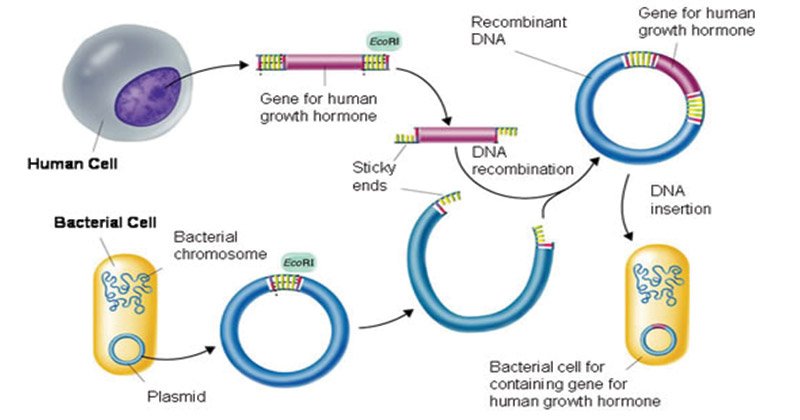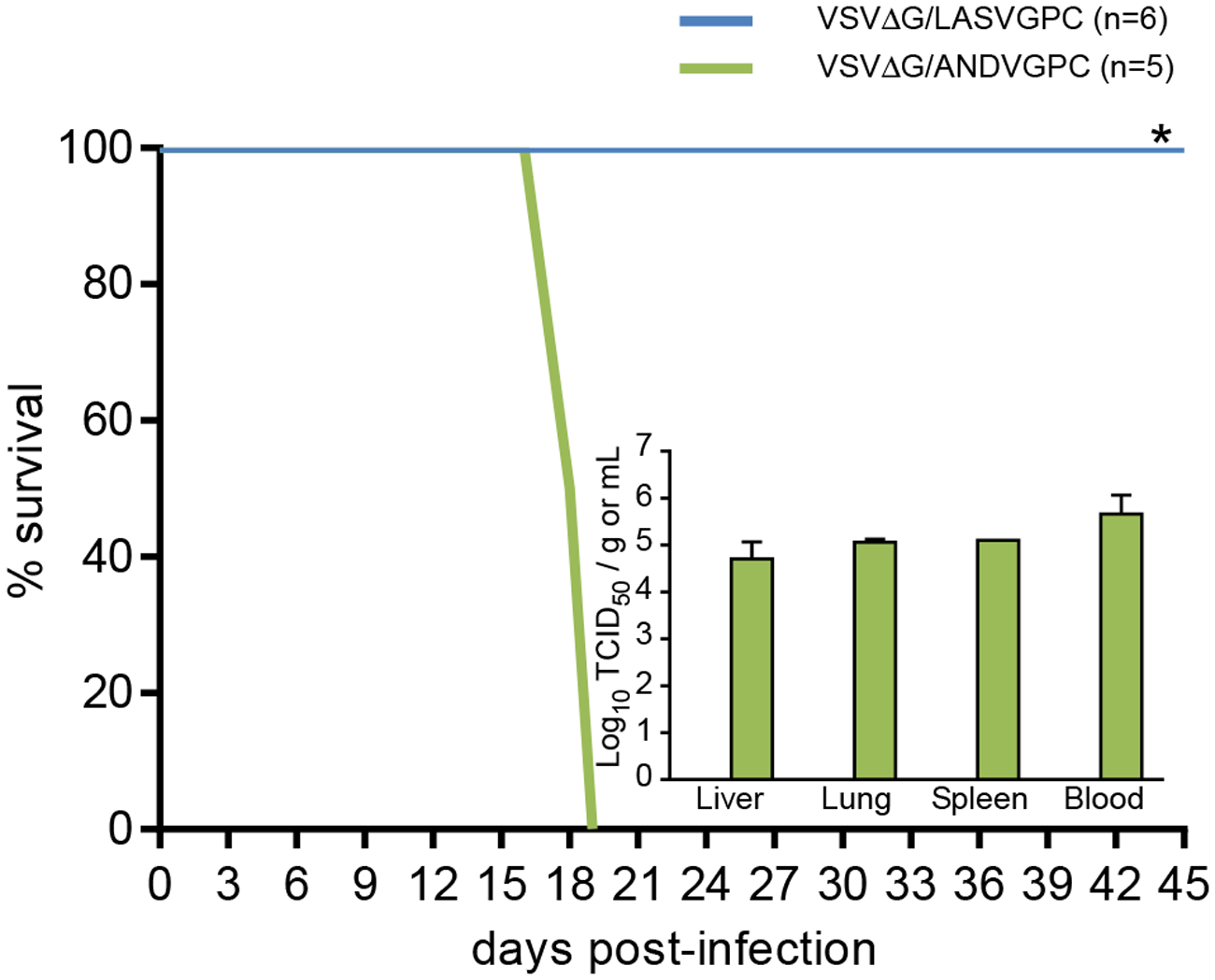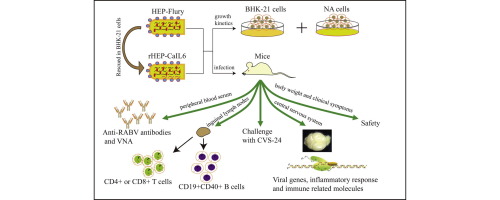An organism refers to a living being that has an organized structure, can react to stimuli, reproduce, grow, adapt, and maintain homeostasis. An organism would therefore be any animal, plant, fungus, protist, bacterium, or archaeon on earth. These organisms can be classified in various ways. One of the ways is based on the number of cells that compose it.
The two main groups are unicellular (for example, bacteria, archaea, and protists) and multicellular (animals and plants). Other Organism Recombinants can also be classified based on their subcellular structures. Those with a well-defined nucleus are called eukaryotes, while those without are called prokaryotes. Both have genetic material but the location is different. In eukaryotes, the genetic material is found within the nucleus while, in prokaryotes, it is found in a special region called the nucleoid.
A modern classification system groups living things into three distinct domains: (1) Archaea (archaebacteria), (2) bacteria (eubacteria), and (3) Eucarya (eukaryotes). Both archaea and bacteria are prokaryotic organisms, while Eucarya, as the name suggests, includes all eukaryotes. The scientific study of all organisms is called biology. Biology is a field of science that aims to study the structure, function, distribution and evolution of living things.
Definition of organism
An organism is defined as a living entity. Both living and non-living things are basically composed of molecules. However, a living thing can be distinguished from an inanimate object by its distinctive features. For example, an organism is made up of one or more cells. This structure is made up of molecules that occur biologically and occur naturally. Such molecules are called biomolecules.
Examples are proteins, nucleic acids, lipids, and carbohydrates. These biomolecules can organize themselves into complex particles which, in turn, can form subcellular structures. These subcellular structures are contained within a cell. The cell is considered the fundamental biological unit since every living being is made up of at least one cell.
Types of Organisms
1. Prokaryotes vs Eukaryotes
The nucleus is an organelle that has a membrane (called the nuclear envelope) perforated with holes (called nuclear pores). Within the nucleus, there is the genetic material and nuclear bodies suspended in the nucleoplasm. Nucleoplasm is the protoplast material within the nucleus. These nuclear structures are absent in a prokaryotic cell.
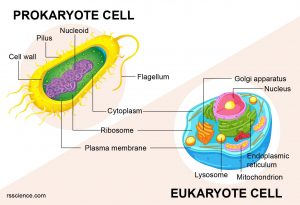
The nucleus of a eukaryotic cell is where DNA replication (the process in which a segment of DNA is duplicated) and transcription (a process in which mRNA transcription occurs) occur. Rather, these processes occur in the cytoplasm of a prokaryotic cell. The presence of a nucleus compartmentalizes the genetic material and these processes. The nuclear envelope prevents the easy entry of molecules and thus regulates the passage of molecules into and out of the nucleus. However, there is a case where the core apparently disappears.
During cell division, the nuclear envelope disintegrates to allow the chromosomes to separate and move to opposite poles, and then reforms to compartmentalize the genetic material in each of the two new cells. Other than the nucleus, other membrane-bound organelles found in a eukaryotic cell that are not present in a prokaryotic cell are mitochondria, plastids, endoplasmic reticulum, Golgi apparatus, lysosomes, and endosomes. Due to the presence of larger cytoplasmic structures, a eukaryotic cell is noticeably larger than a prokaryotic cell.
What is common between a prokaryotic cell and a eukaryotic cell is the presence of genes that store genetic information. Ribosomes (cytoplasmic structures that serve as the site of protein synthesis) are also present in both types of cells. However, prokaryotic ribosomes are the 70S (composed of 50S and 30S) while eukaryotic ribosomes are 80S (composed of 60S and 40S). And while the ribosomes of prokaryotes are manufactured in the cytoplasm, the process of ribosome synthesis involves both the cytoplasm and the nucleolus of the nucleus in eukaryotes.
2. Unicellular vs multicellular
Organisms can be described as unicellular (unicellular) or multicellular. Unicellular organisms are those that are made up of a single cell. In contrast, multicellular organisms are made up of many cells that act as a unit that performs a particular function. Examples of unicellular prokaryotes are bacteria and archaea, and unicellular eukaryotes are protists and certain fungi. Multicellular organisms include plants and animals.
In multicellular organisms, a group of cells constitutes a tissue. The cells of tissue have a similar structure and function. Examples of animal tissues are nervous tissue, muscle tissue, vascular tissue, and connective tissue. As for plants, examples of tissues are meristematic tissues, permanent tissues and reproductive tissues. A group of tissues that are organized into an anatomical unit is called a biological organ.
Examples of animal organs are the following: heart, lungs, brain, stomach, skin, pancreas, liver, intestines, kidneys, and sexual organs. In plants, the organs are roots, stems, leaves, flowers, fruits and seeds. In animals, organs can be further organized into an organ system. In humans and other vertebrates, the systems are as follows: the integumentary system, the lymphatic system, the muscular system, the nervous system, the reproductive system, the respiratory system, the skeletal system, the endocrine system, the immune system, and the urinary system.
Each of these systems performs a particular function. For example, the digestive system is responsible for digesting food. The cardiovascular system is for the transport of biomolecules and substances throughout the body. While a multicellular living thing has different systems to perform specific tasks, a unicellular organism would perform these life processes as a single, independent unit.
Taxonomic classification
Living things are classified into three main domains as proposed by Carl Woese. These domains are Archaea, Eubacteria (true bacteria), and Eucarya. Beneath the domain is other major taxonomic levels: kingdom, phyla, class, order, family, genus, and species.
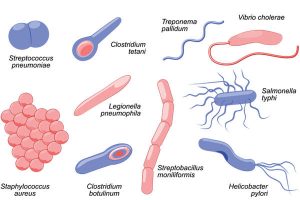
Archaea Domain and Eubacteria Domain
Both Archaea and Eubacteria are prokaryotes, while Eucarya includes eukaryotes. Therefore, both Archaea and Eubacteria lack distinct membrane-bound organelles. However, there are subtle differences between the two that led to their separation into distinct domains. Archaea have genes and certain metabolic pathways that are more closely related to eukaryotes than to eubacteria. For example, the enzymes in transcription and translation are more similar to those of eukaryotes than to those of eubacteria. As such, they are given a domain of their own as they have characteristics that are different from true bacteria.
